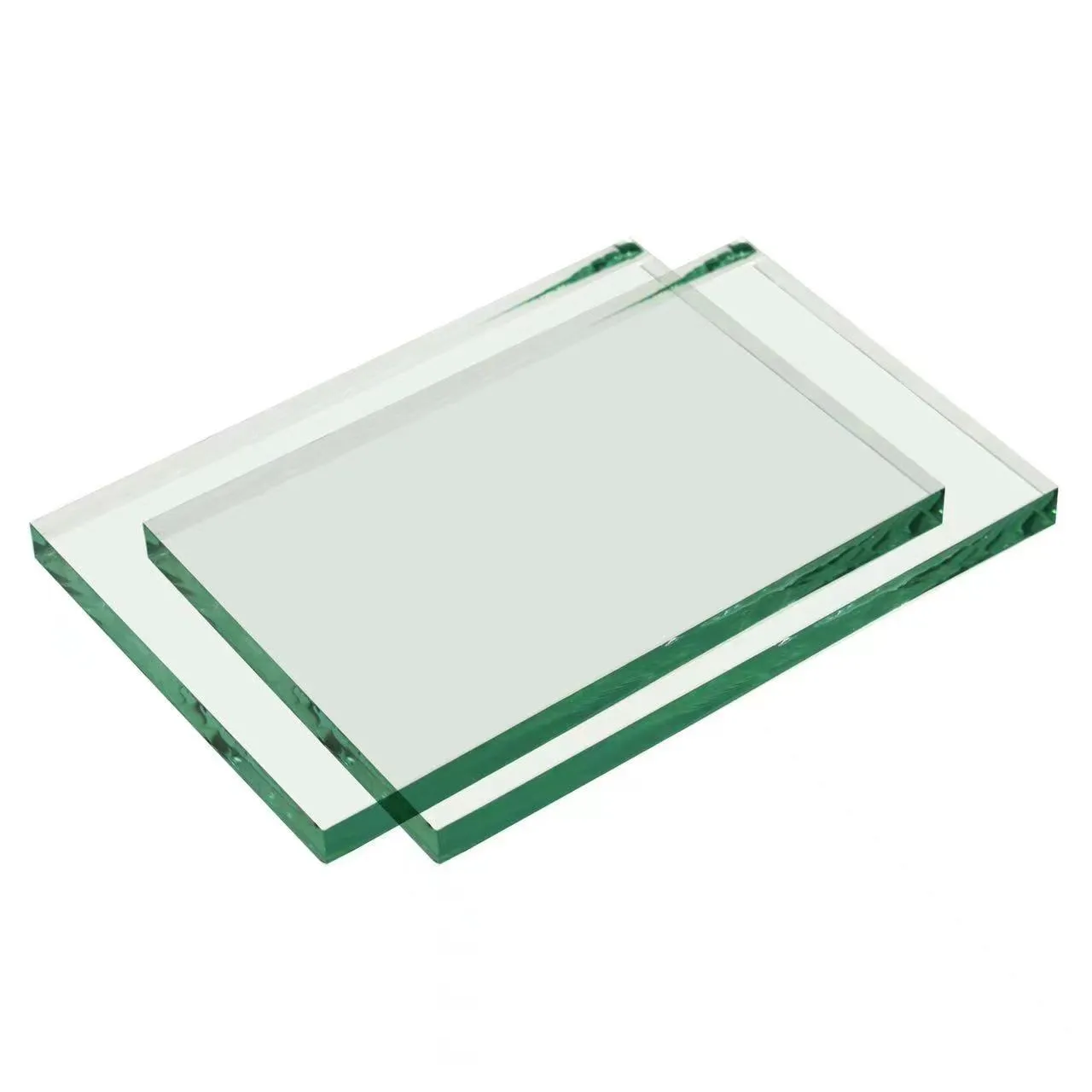Understanding Aluminum Mirror Prices
The aluminum mirror is a widely used product in various industries due to its unique properties, such as lightweight, high reflectivity, and resistance to corrosion. The price of aluminum mirrors fluctuates based on several factors, including raw material costs, manufacturing processes, market demand, and technological advancements. In this article, we will explore the fundamental elements influencing the price of aluminum mirrors and how businesses and consumers can make informed decisions.
Raw Material Costs
The primary factor affecting the price of aluminum mirrors is the cost of aluminum itself. Aluminum is a commodity whose price is influenced by global market trends, geopolitical events, and production costs. Fluctuations in bauxite ore prices, which is the primary raw material for aluminum production, can significantly impact the final price of aluminum mirrors. For instance, when energy costs rise, it becomes more expensive to extract and process aluminum, leading to higher mirror prices.
Additionally, the availability of recycled aluminum can influence pricing. The use of recycled aluminum is becoming more prevalent due to its environmental benefits and cost-effectiveness. However, demand for recycled materials often leads to increased prices when supply does not meet demand. Therefore, businesses must stay attuned to market shifts in aluminum sourcing to make strategic purchasing decisions.
Manufacturing Processes
The production of aluminum mirrors involves several steps, including extrusion, polishing, and coating. Each stage of the manufacturing process can affect the final product's price. Advanced technologies, such as vacuum deposition, enhance the quality of aluminum mirrors but may increase production costs. Consequently, manufacturers might reflect these costs in their pricing.
Another consideration is the scale of production. Large-scale production typically lowers per-unit costs due to economies of scale. Conversely, smaller batches may result in higher prices per unit because of less efficient use of resources and capital. As a result, businesses looking for aluminum mirrors in bulk may find better pricing options compared to those requesting custom or smaller orders.
Market Demand
Market demand plays a crucial role in determining the price of aluminum mirrors. The demand fluctuates seasonally and is influenced by various industries, including automotive, construction, electronics, and home décor. For example, the construction industry's growth can lead to higher demand for aluminum mirrors for architectural applications, thus driving up prices. Similarly, trends in interior design can create spikes in consumer interest, affecting market pricing.
Additionally, technological advancements that deliver enhanced features, such as increased durability or improved reflectivity, can also influence demand and subsequently impact pricing. Consumers and businesses often seek out innovative products, and suppliers that can deliver cutting-edge technology may charge a premium.
aluminum mirror price
Geopolitical Factors
Geopolitical factors can have significant repercussions on commodity prices, including aluminum. Trade disputes, tariffs, and regulatory policies in key aluminum-producing countries can lead to price volatility. For example, if a major aluminum exporter faces sanctions, it might result in supply chain disruptions that affect global prices. Moreover, environmental regulations regarding aluminum production can increase costs, which manufacturers may pass on to their customers.
Tips for Consumers and Businesses
For both consumers and businesses navigating the aluminum mirror market, staying informed is crucial. Here are some tips
1. Research Suppliers Understanding the market landscape can help identify competitive pricing. Compare multiple suppliers and their offerings.
2. Bulk Purchases For businesses, purchasing in bulk may lead to lower per-unit costs, allowing for greater flexibility in pricing.
3. Regional Trends Be aware of regional pricing trends influenced by local market conditions and raw material availability.
4. Quality Over Price Though it might be tempting to choose the cheapest option, consider the quality and performance of aluminum mirrors. Investing in higher-quality products can lead to better long-term value.
5. Stay Updated Economic reports and market forecasts can provide insights into pricing trends, helping consumers and businesses make informed purchasing decisions.
Conclusion
The price of aluminum mirrors is influenced by a multitude of factors, from raw material costs to market demand and geopolitical developments. By understanding these dynamics, consumers and businesses can navigate the market with greater confidence, allowing them to find the right products at the right prices. In an ever-evolving marketplace, staying informed is not just beneficial but essential for making wise purchasing decisions.
 Afrikaans
Afrikaans  Albanian
Albanian  Amharic
Amharic  Arabic
Arabic  Armenian
Armenian  Azerbaijani
Azerbaijani  Basque
Basque  Belarusian
Belarusian  Bengali
Bengali  Bosnian
Bosnian  Bulgarian
Bulgarian  Catalan
Catalan  Cebuano
Cebuano  Corsican
Corsican  Croatian
Croatian  Czech
Czech  Danish
Danish  Dutch
Dutch  English
English  Esperanto
Esperanto  Estonian
Estonian  Finnish
Finnish  French
French  Frisian
Frisian  Galician
Galician  Georgian
Georgian  German
German  Greek
Greek  Gujarati
Gujarati  Haitian Creole
Haitian Creole  hausa
hausa  hawaiian
hawaiian  Hebrew
Hebrew  Hindi
Hindi  Miao
Miao  Hungarian
Hungarian  Icelandic
Icelandic  igbo
igbo  Indonesian
Indonesian  irish
irish  Italian
Italian  Japanese
Japanese  Javanese
Javanese  Kannada
Kannada  kazakh
kazakh  Khmer
Khmer  Rwandese
Rwandese  Korean
Korean  Kurdish
Kurdish  Kyrgyz
Kyrgyz  Lao
Lao  Latin
Latin  Latvian
Latvian  Lithuanian
Lithuanian  Luxembourgish
Luxembourgish  Macedonian
Macedonian  Malgashi
Malgashi  Malay
Malay  Malayalam
Malayalam  Maltese
Maltese  Maori
Maori  Marathi
Marathi  Mongolian
Mongolian  Myanmar
Myanmar  Nepali
Nepali  Norwegian
Norwegian  Norwegian
Norwegian  Occitan
Occitan  Pashto
Pashto  Persian
Persian  Polish
Polish  Portuguese
Portuguese  Punjabi
Punjabi  Romanian
Romanian  Russian
Russian  Samoan
Samoan  Scottish Gaelic
Scottish Gaelic  Serbian
Serbian  Sesotho
Sesotho  Shona
Shona  Sindhi
Sindhi  Sinhala
Sinhala  Slovak
Slovak  Slovenian
Slovenian  Somali
Somali  Spanish
Spanish  Sundanese
Sundanese  Swahili
Swahili  Swedish
Swedish  Tagalog
Tagalog  Tajik
Tajik  Tamil
Tamil  Tatar
Tatar  Telugu
Telugu  Thai
Thai  Turkish
Turkish  Turkmen
Turkmen  Ukrainian
Ukrainian  Urdu
Urdu  Uighur
Uighur  Uzbek
Uzbek  Vietnamese
Vietnamese  Welsh
Welsh  Bantu
Bantu  Yiddish
Yiddish  Yoruba
Yoruba  Zulu
Zulu 

